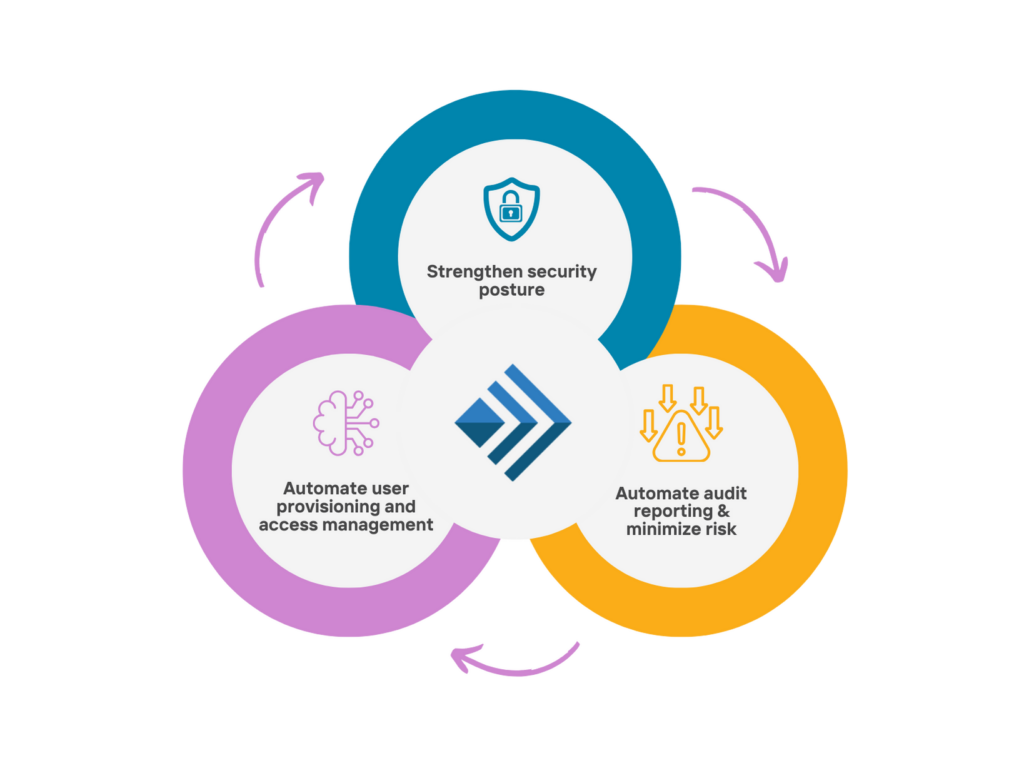
Cloud technology is exciting as well as challenging with constant emergence of inconvenient and unfamiliar problems. Only slightly less annoying is the emergence of solutions to those problems. Scaling up cloud transformation or migration initiatives has led to security challenges especially with cloud data storage and how it is accessed. Cloud platforms provide incredible advantages to accessibility and data redundancy. However, they also introduce an expanded attack surface with a greater chance of breaches and identity sprawl. Cloud Infrastructure Entitlements Management (CIEM) is the fresh-faced newcomer looking to tackle these issues head-on and a managed CIEM service is its strongest contender.
CIEM is very new as of 2023. Even so it is already being hailed as the extension of Identity & Access management service to solve cloud identity woes. Hence, such an investment requires careful forethought and consideration of available options. Take the time to understand why your enterprise might need a CIEM service, what capabilities that service should bring to the table, and what red flags should warn you away from potential providers.
Signs that you need a Managed CIEM Service
Though CIEM services may seem complicated, the signs that you should start looking into them are not. Start by asking yourself a few things about your enterprise. Do you plan to implement more than one cloud platform or operate from more than one location? Are your infrastructure and workloads dependent on cloud support to function? Do your DevOps teams perform wide-ranging CI/CD operations without oversight and counsel from a dedicated Cloud Security team? Are your cloud operations teams siloed to a specific platform or platform without interoperability?
If any one of these questions answers a yes, then a managed CIEM service should become a priority sooner than later. Bear in mind you don’t necessarily need to prioritize a CIEM service when first getting a managed IAM service provider. If your enterprise does not presently employ a cloud database and operates from a single location, CIEM is not high on your priorities. However, make sure that you choose a managed IAM service provider capable of scaling your CIEM. It must be intelligently integrated with your identity security journey as cloud becomes a priority.
Bear in mind that, if you wish to remain competitive in the digital marketplace, in the near future you will need to invest in the cloud. Azure, AWS, and Google cloud products are ubiquitous platforms for a reason. Yet even something as seemingly innocuous as connecting to a cloud virtual machine might open a gap in your perimeter. Only by securing your cloud platforms through a comprehensive implementation of Principle of Least Privilege (PoLP) can your risk posture compensate for such a large attack surface. Your best bet for accomplishing this is the expertise and acumen of a managed CIEM service.
Managed CIEM Service Capabilities You Need to Look For
Now you’ve established that you must search for a quality managed CIEM service; so, what do you look for? Consistency across all your platforms should be first on your checklist. Simeio Product Management Director, Rajesh Appikulam, says that a CIEM service, “should standardize and enforce your security and entitlement policies across multiple platforms. Ideally a single dashboard should present and control all your cloud functions.” This is not limited to cloud platforms like AWS, Azure, and Google. It should eventually expand to your SaaS applications, providing an identity-centric permissions or entitlements map for your identity fabric.
Enforcement and management should spring as much from automation as they do from direct controls. The managed CIEM service should be capable of curating your accounts to enforce PoLP. It should also provide you with active monitoring, remediation scripts, and just-in-time access definitions. It must evaluate identity risk vectors based on permissions/entitlements and determine if the number assigned exceeds actual usage. Finally, it must lay the groundwork for zero-trust permissions. These features form an airtight perimeter around your identities. Thus, a managed CIEM offering must include them.
As important as the CIEM product capabilities are, an often passed-over feature of CIEM services is the human element. A service provider focused on identity security can direct your CIEM service to extend, augment, and better your overall identity and access management initiative. This includes assessing your IAM maturity and demonstrating how CIEM fits into it. It also encompasses the handling of automation to help adoption, policy enforcement, designing remediation, collaborating with your teams. Above all, such a provider helps your organization tackle the explosion of cloud entities as you scale up.
Warning Signs
Capable technology tailored to your requirements by an experienced service provider is the core of a well-managed CIEM service. But beware unworthy offerings. There are a few specific red flags you must be on the lookout for. Technology that does not provide coverage for AWS, Azure, and Google they should be avoided. Turn your nose up to those service providers who do not enhance their offering through automation. If they do not provide personalized care, pass them over.
If a provider does not bundle CIEM services as a part of an overall IAM program, their coverage of your cloud is incomplete. Because CIEM occupies an unusual middle ground between PAM and Identity Governance and Administration (IGA), an isolated CIEM offering without the IAM focus will not help you reap the best benefits. You also must ensure that the CIEM service integrates your Cloud Infrastructure and Platform Services (CIPS) and Cloud Security Posture Management (CSPM) products into your larger organizational security goals. It is unwise to opt for a provider that does not cover your overall IAM program aspects.
More than anything else, you must ensure that the service provider you choose is qualified to deal with your identities. Learn how well the provider can scale up operations to match your enterprise’s growth and the integration of emergent technologies. Check their portfolio and see how many of their customers are for identity services. A company that splits its attention between multiple areas will not be as good as one purely focused on identity. Gauge a prospective CIEM managed services provider by these high yet crucial standards, and those standards will elevate your enterprise. Ignore them at your own peril.
Reach out to a Simeio Identity Advisor and start the search for your perfect CIEM managed service provider.
